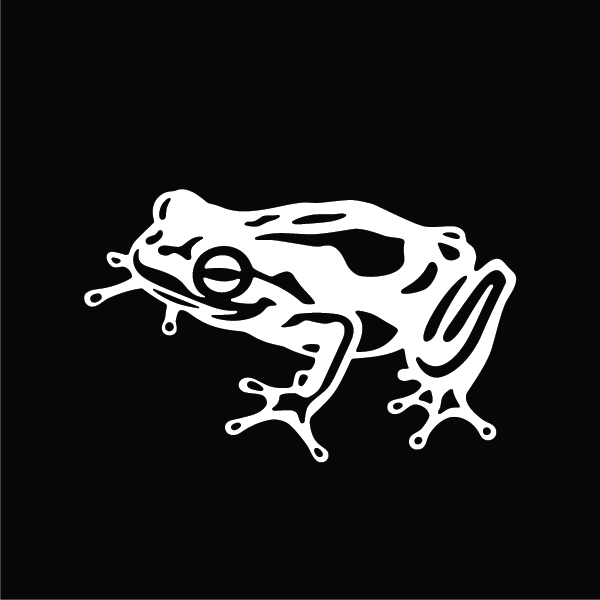
Healthy Baby: Helping Newborns in Developing Countries Get a Better Start in Life
DM: How did frog designers approach the challenge?
JD: We have a great depth of knowledge in healthcare and social design. In each case we need to understand the complexity of helping people in the developing world in terms of resources, cultural barriers and adopting western techniques. Our overview of infant mortality suggested that while there are numerous “Band-Aid” solutions out there for treating many of the causes like hypothermia, diarrhea or dirty hospital equipment, you get more impact by threading them together as part of a cohesive solution.
DM: And that comprehensive strategy begins long before the actual birth?
JD: Unfortunately, it’s too late at birth to save many babies from dying within 24 hours. Survival chances improve if the baby is not born premature, malnourished or underweight. The solution must start at pregnancy, span the average 39-week gestation period and include the critical first few weeks after the birth.

DM: What are some of the major obstacles these expectant mothers face?
JD: Women don’t see medical professionals on a regular basis, because the healthcare network is usually rudimentary. That means it’s difficult to monitor the pregnancy and vital signs, and there’s no guidance on proper nutrition. To reach the nearest clinic for delivery, a woman in labor might have to trek 20 miles across dirt fields.
DM: Describe the pivotal role played by Community Health Workers (CHWs) in Healthy Baby.
JD: Because CHWs are trusted members of the community who “adopt” pregnant women, we empower them to provide newly pregnant woman with a rolled cloth take-home kit. Inside are a series of pockets in four distinct sections (one for each trimester and one for the 13th week) with pregnancy and dietary supplements, and information about the pregnancy.

DM: How can a CHW monitor adherence to the program?
JD: We offer alternatives because adherence can be challenging. The supply of supplements only last for one trimester, which encourages the mother to contact the CHW for a refill and a check-up visit every 3 months. There’s also a phone number for receiving voice and SMS messages so they can receive additional information about the pregnancy’s progress. This information goes into a database allowing NGOs and medical professionals to more accurately track adherence and improve the program.
DM: They still have to find a way to get to the CHW.
JD: The last week of pills has a transportation ticket the mother can use to travel to the CHW. To encourage and reward visits, the mother receives meaningful gifts for the baby, like a beanie that helps prevent hypothermia.
DM: For the birth, whether at home or in a clinic, what is in the Healthy Baby bag that mothers receive as the due date nears?
JD: The essential items for a sterile birth environment, from a clean sheet to soap, gloves, gauze, a blade to cut the cord and a naval tie. The bag unbuttons and becomes another barrier to shield against a dirty environment. There’s a linen wrap to encourage and enable “Kangaroo Care,” the practice of wrapping and bundling the baby to the mother to prevent hypothermia.
DM: And for the critical period after the birth?
JD: Medication against malaria, pneumonia and diarrhea as well as supplements to ensure high quality breast milk and emergency nutrients for the baby. Finally, we include Cycle Beads, which help women discreetly track their fertility and better plan around their reproduction cycle.

DM: How do graphic and design elements help the mother understand and use the multiple components of Healthy Baby?
JD: There is a cohesive identity system tying the disparate elements together throughout with color, iconography, and a distinct graphic identity. To deal with illiteracy, we use patterns and symbols with darkening colors to suggest the passing of time.
DM: What are the main barriers to adoption?
JD: Implementing spot solutions, like a baby-warming papoose, are easier than establishing a holistic system that spans a period of up to ten months and has many integrated touchpoints – from taking supplements to convincing pregnant women to make an arduous journey to a CHW or clinic. Political support for larger, more complex systems can also be difficult.

DM: Could Healthy Baby ever become a reality?
JD: One day, hopefully soon, all the necessary conditions will fall into place. Right now we can think of it as a larger design concept to aspire to.


frog, part of Capgemini Invent is a global design and innovation firm. We transform businesses at scale by creating systems of brand, product and service that deliver a distinctly better experience. We strive to touch hearts and move markets. Our passion is to transform ideas into realities. We partner with clients to anticipate the future, evolve organizations and advance the human experience.
We respect your privacy
We use Cookies to improve your experience on our website. They help us to improve site performance, present you relevant advertising and enable you to share content in social media. You may accept all Cookies, or choose to manage them individually. You can change your settings at any time by clicking Cookie Settings available in the footer of every page. For more information related to the Cookies, please visit our Cookie Policy.